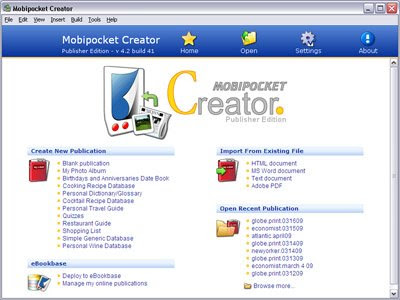
The virtual vagabonds are back. My partner and I are wintering in Seville, Spain this year. Check out our new digs here.
It looks great, but it ain't cheap: €1,500 all-in. Mind you, that includes heat, hydro, water, high-speed Internet (6Mbps), local landline phone and satellite TV. Good luck finding a hotel room that cheap.
It’s a very narrow four-floor town house with two bedrooms and a den/office with fold-out couch.
The picture shows the second floor (kitchen/living room) with our private elevator. We think it just gets us from the ground floor to the second floor, but we’ll find out.
Check in on us from time to time, see how we’re doing.









